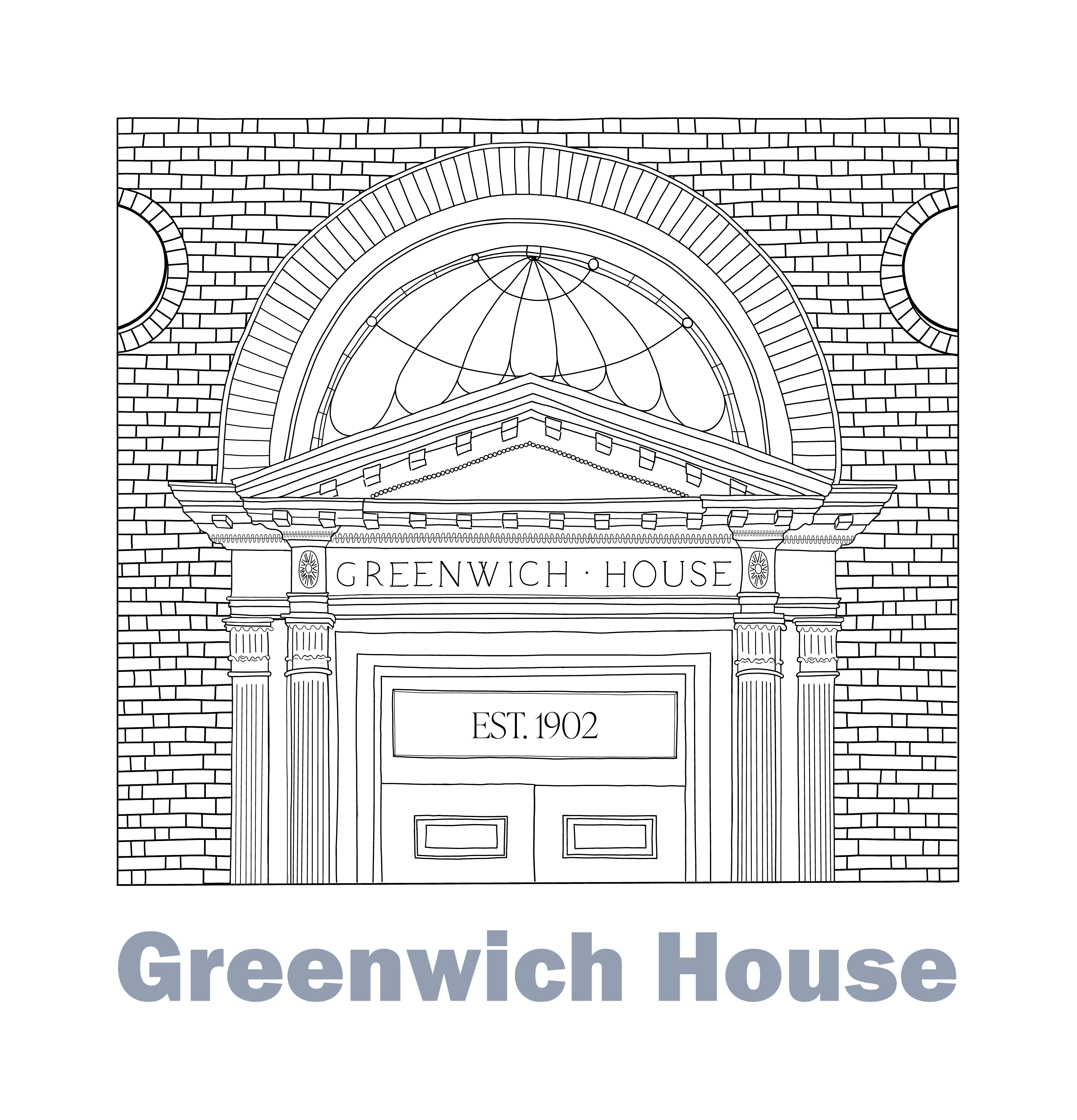Scott Taylor
Scott on his teaching style:
“I take a fairly structured, well rounded approach to teaching. With students beginning violin, I use a note speller workbook to cover note reading, clef reading, etc. as well as a method book. Students receive a considerable degree of music history and theory training as well. For instance, teaching them tone/semitone relationships helps with intonation, scale construction and execution. My violin students are schooled in the Franco-Belgian bowing style, which after a great deal of refining, enables the player to produce a full, ringing tone quality. Above all, I practice patience, perspective and perseverance, which I feel are paramount for musical training.
For more advanced students of music theory, one may study harmonic analysis, rhythmic articulation, score reading, ear training or all of the above. I can either choose from a range of textbooks, method books and workbooks or choose from the repertoire. The area of focus depends primarily on the student’s interests and understanding of music. Since the essence of theory tends to be more about philosophy than technique, however, I seek out the weakest links of a student’s musical understanding and develop them accordingly. I engage students by choosing to study the works they will soon perform. Ultimately, understanding the compositional direction of a work enables a student to better interpret music’s connections for performance whether they be from pitch to pitch, phrase to phrase, section to section, etc. And by exploring the different areas of one’s musical understanding, one inevitably discovers more about oneself. “
